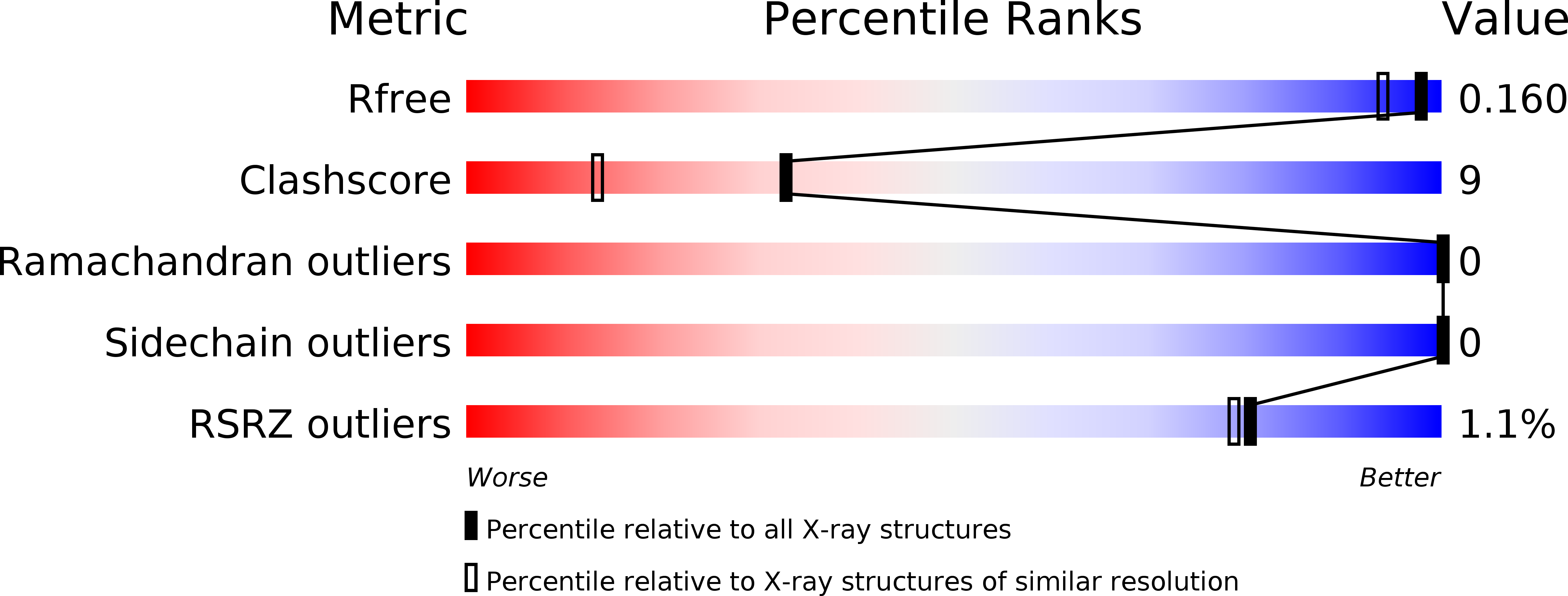
Deposition Date
2011-06-17
Release Date
2011-08-31
Last Version Date
2024-10-30
Entry Detail
PDB ID:
3SID
Keywords:
Title:
Crystal structure of oxidized Symerythrin from Cyanophora paradoxa, azide adduct at 50% occupancy
Biological Source:
Source Organism:
Cyanophora paradoxa (Taxon ID: 2762)
Host Organism:
Method Details:
Experimental Method:
Resolution:
1.40 Å
R-Value Free:
0.15
R-Value Work:
0.11
R-Value Observed:
0.11
Space Group:
P 32


